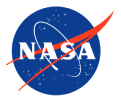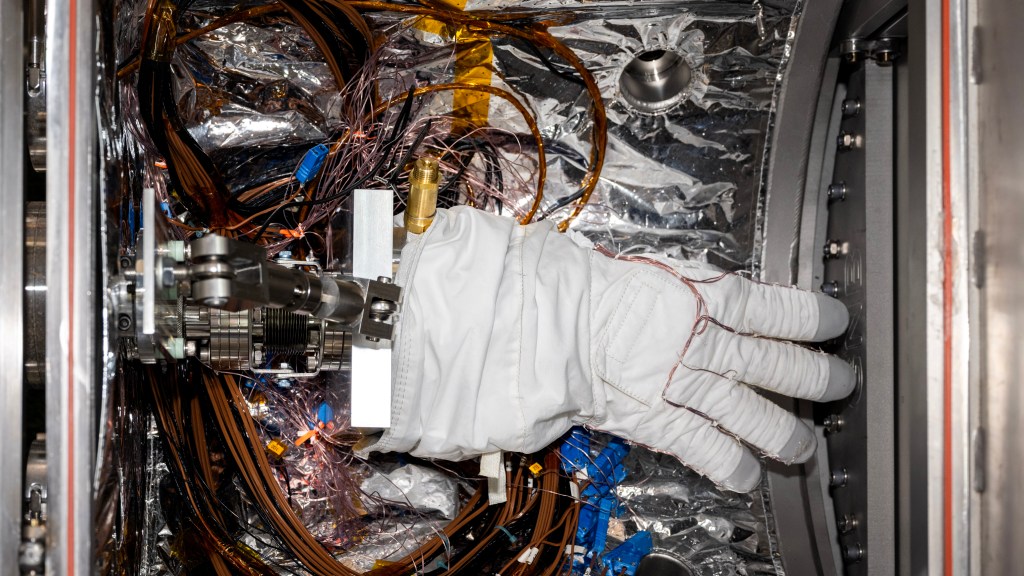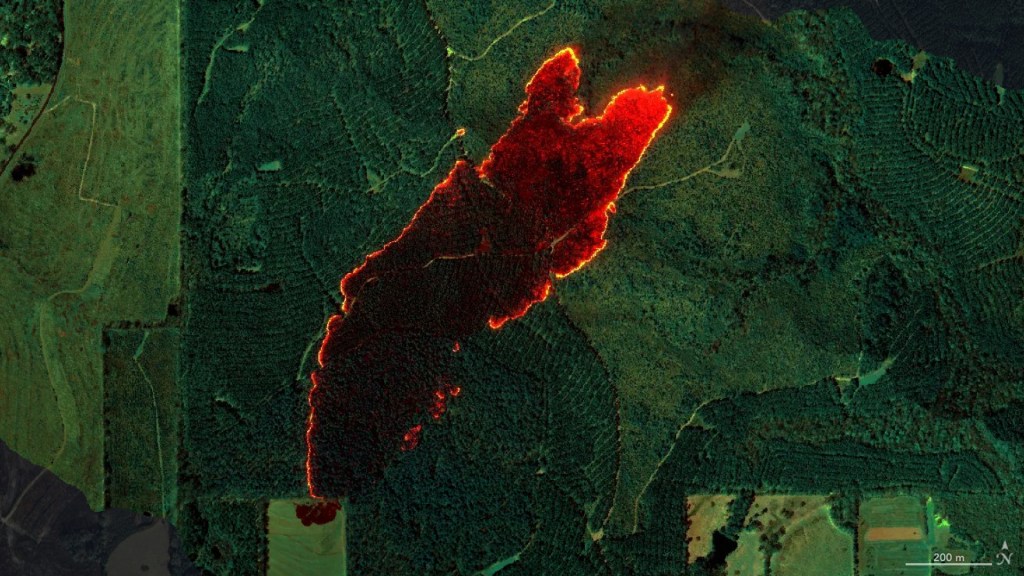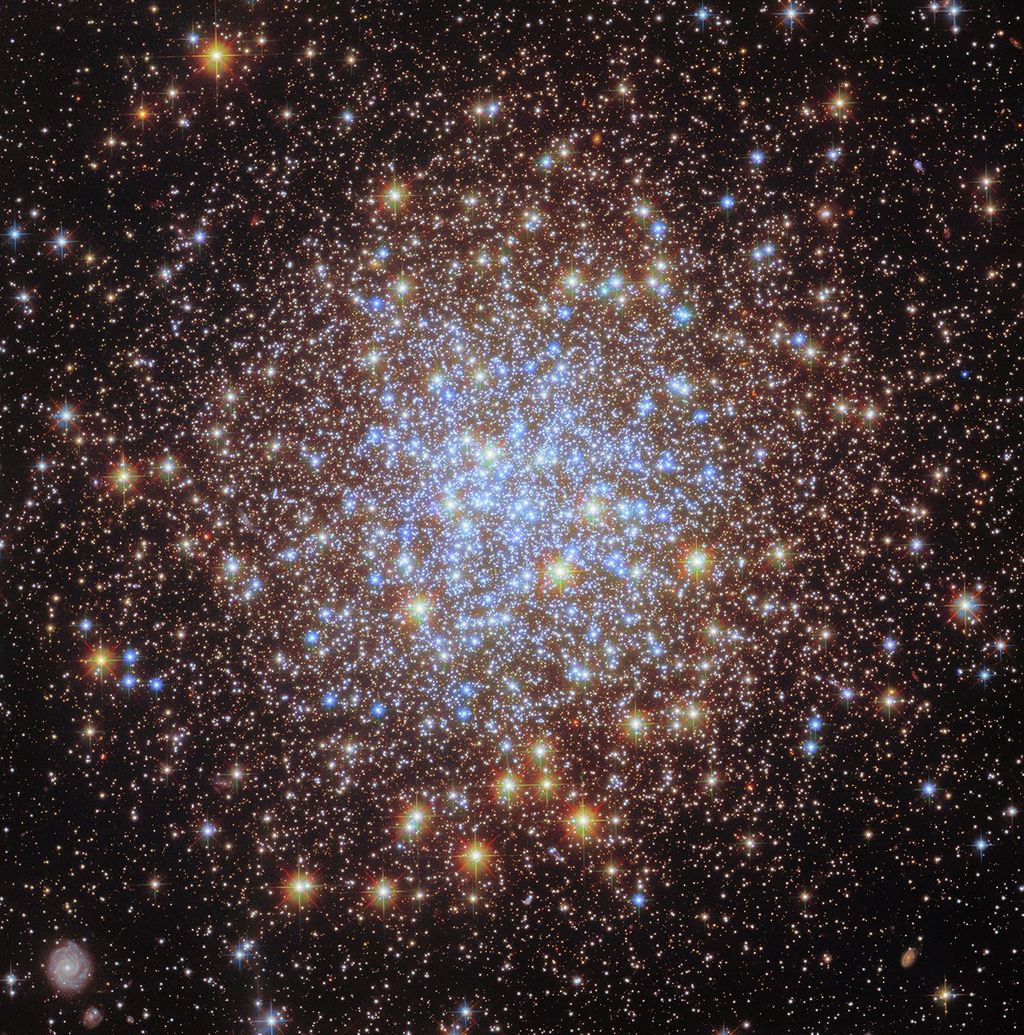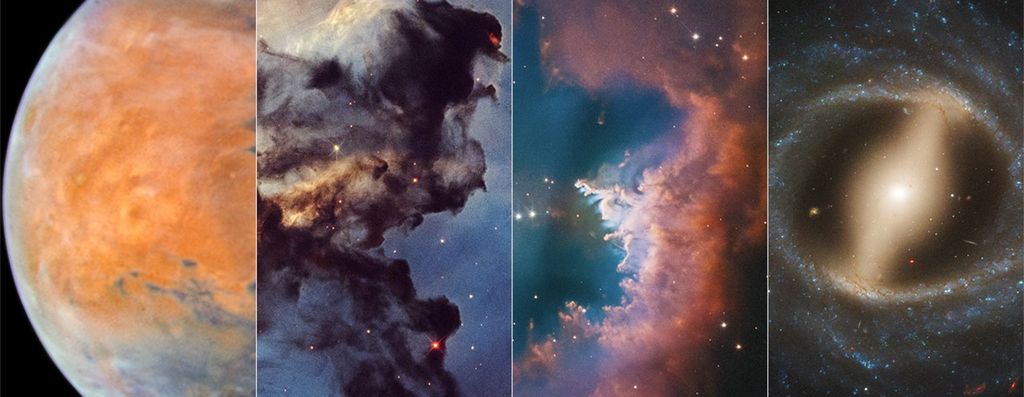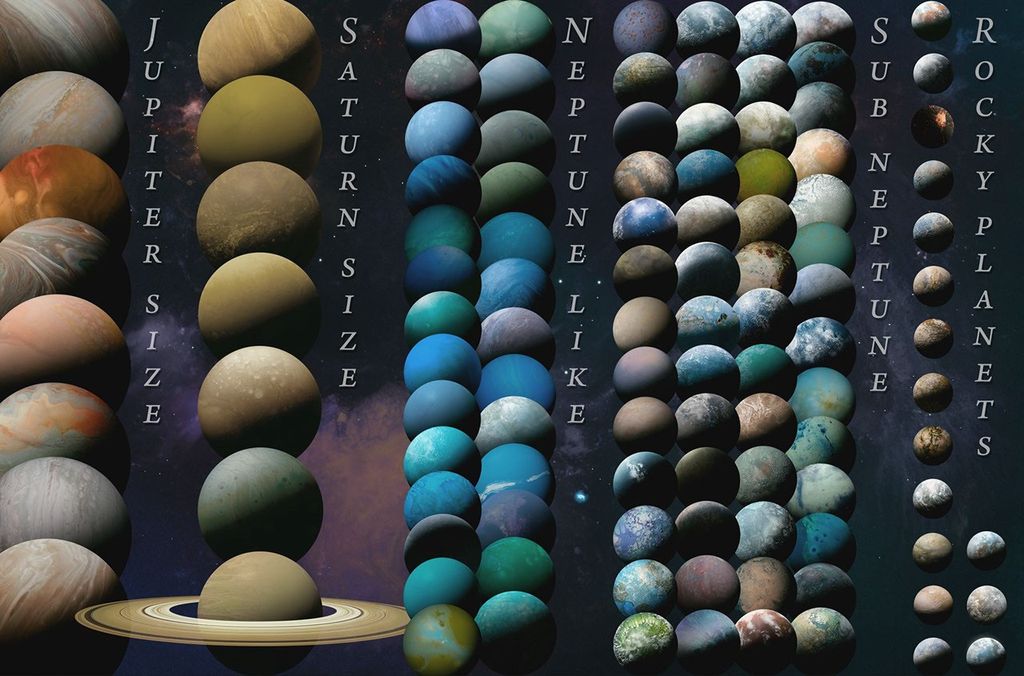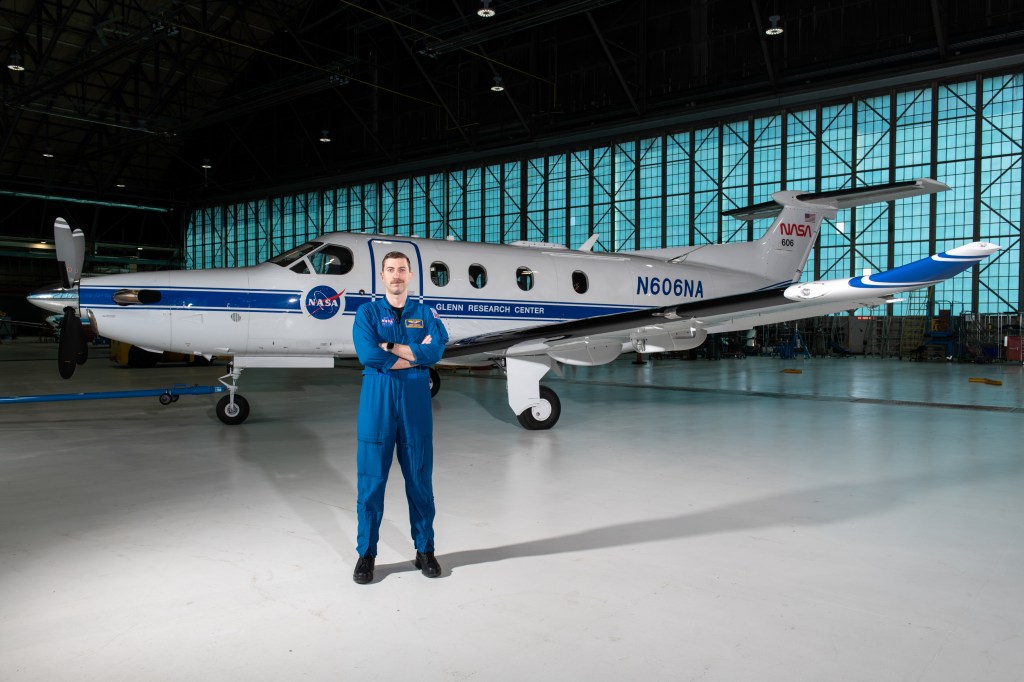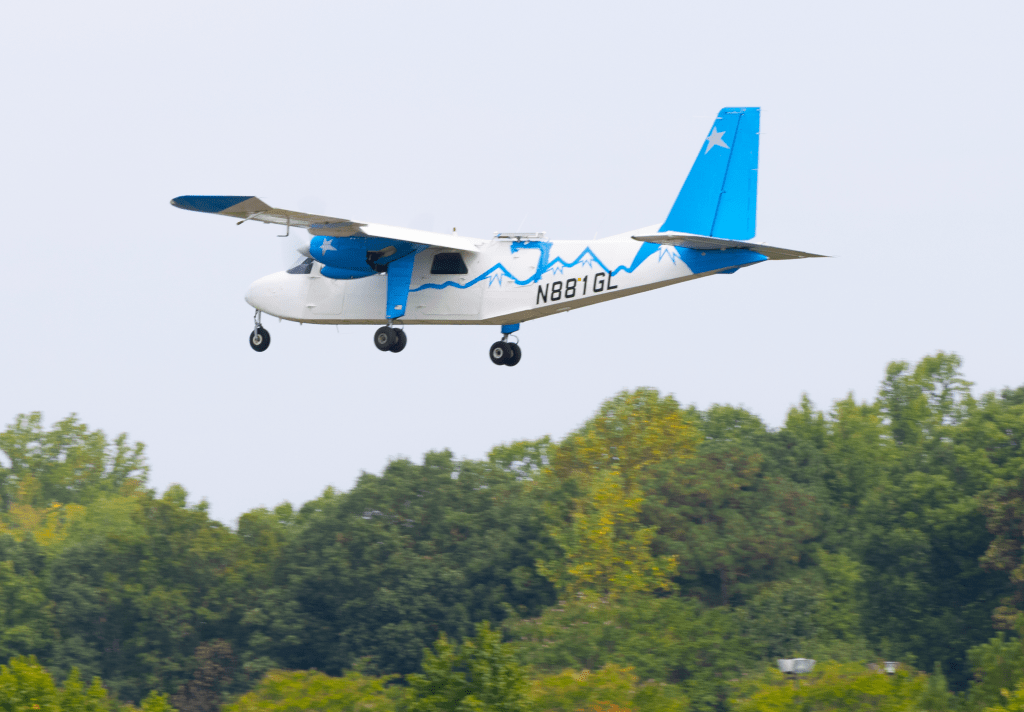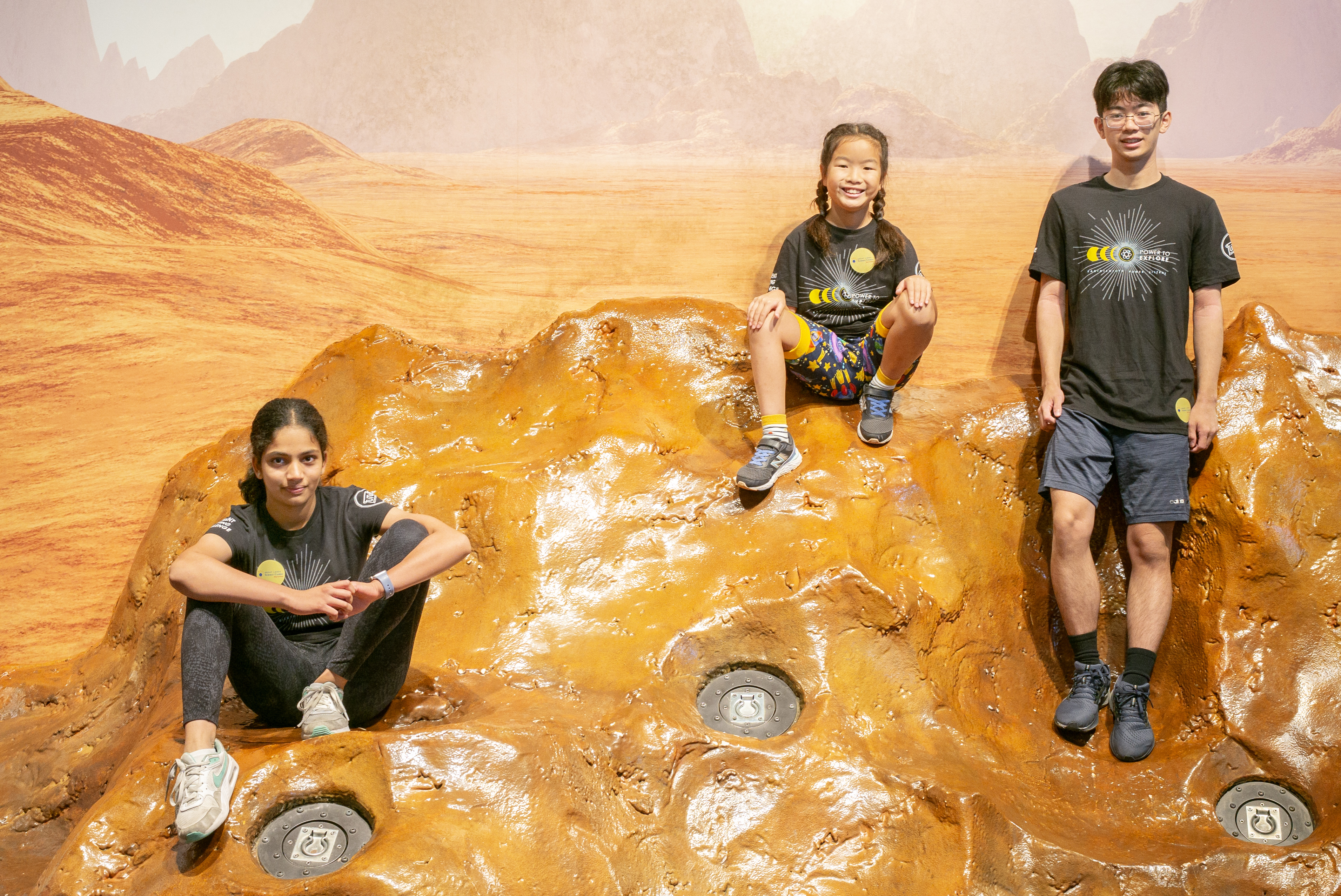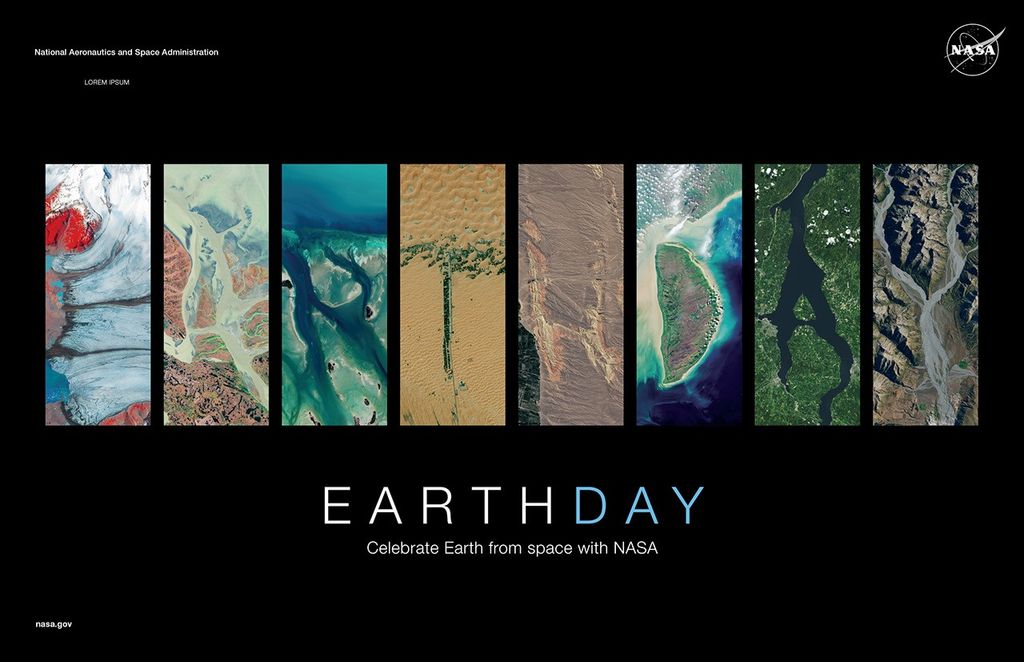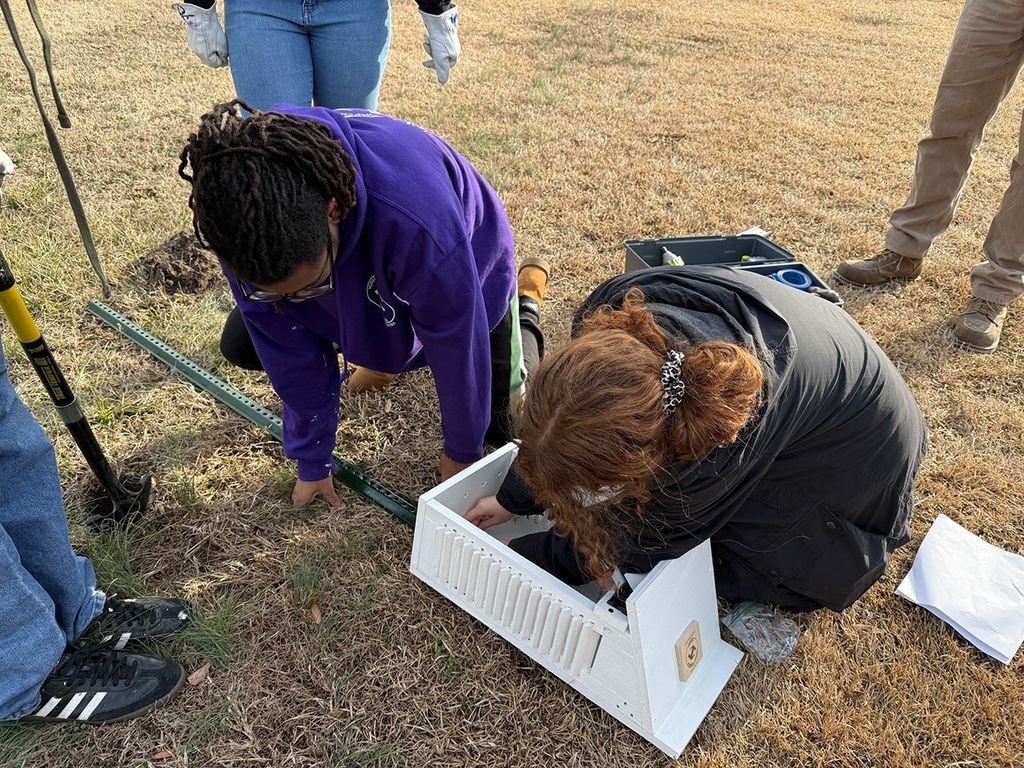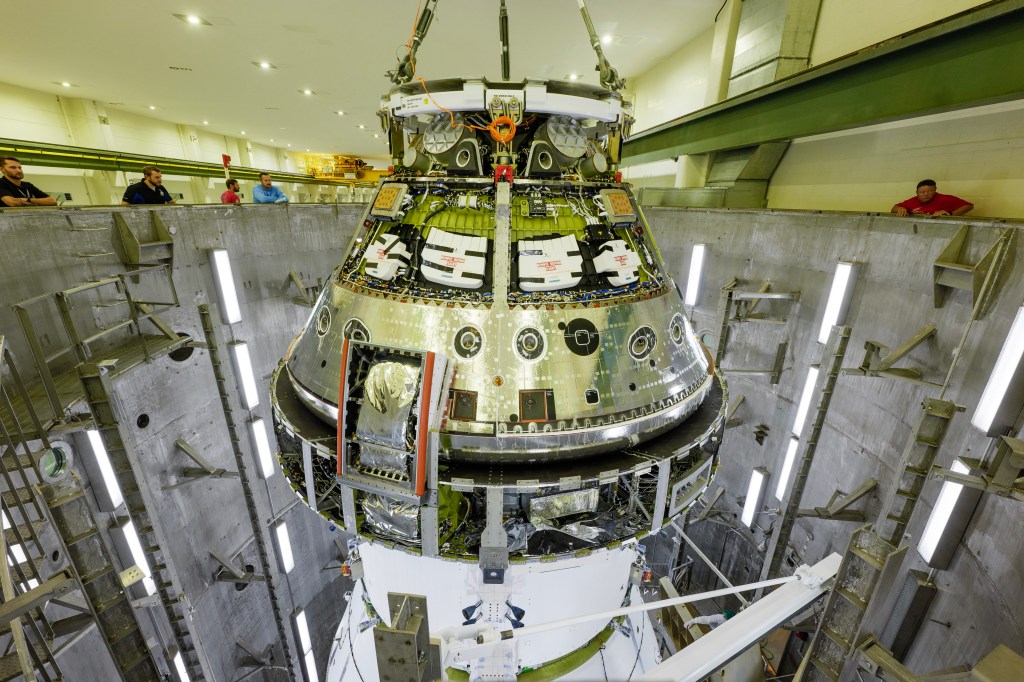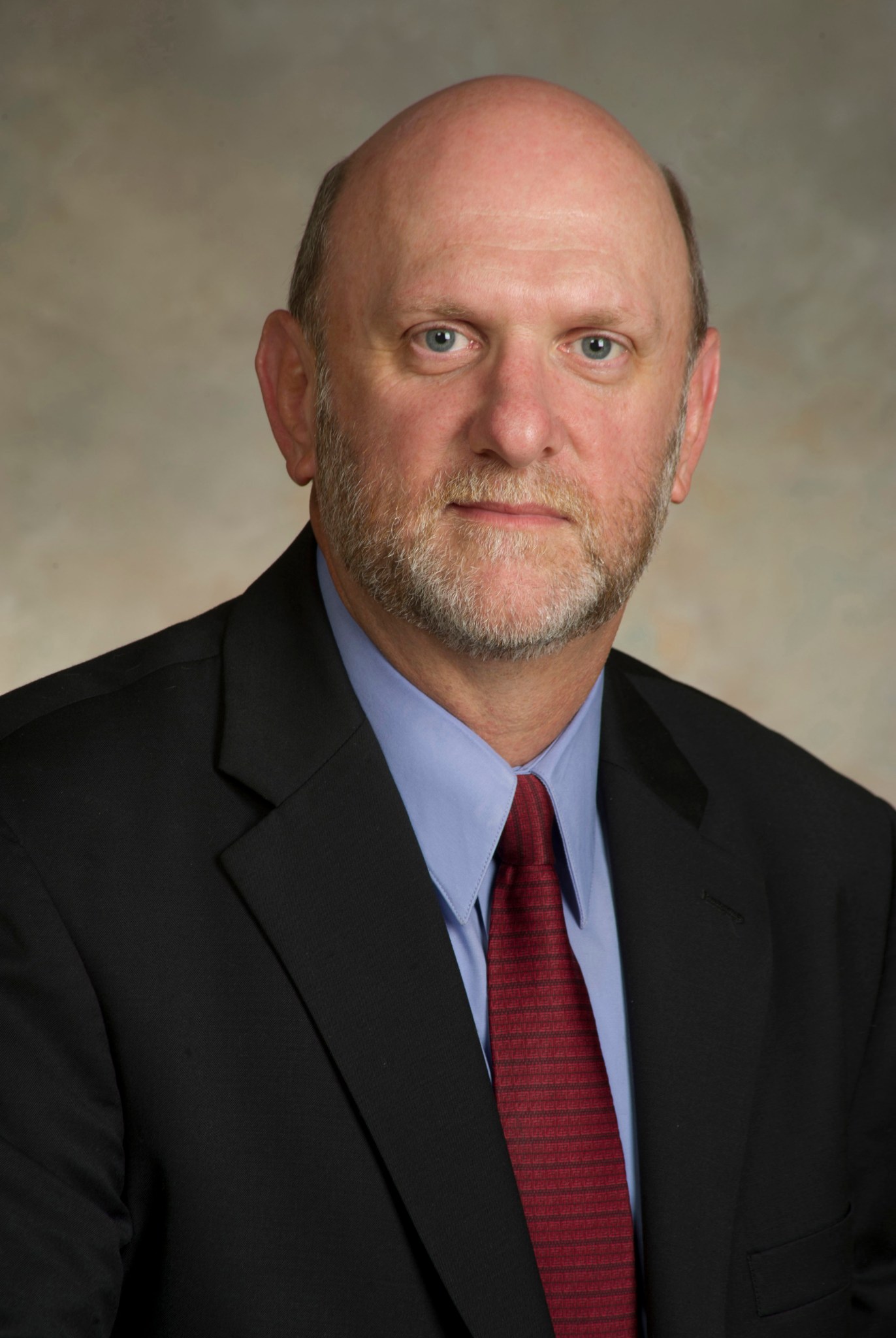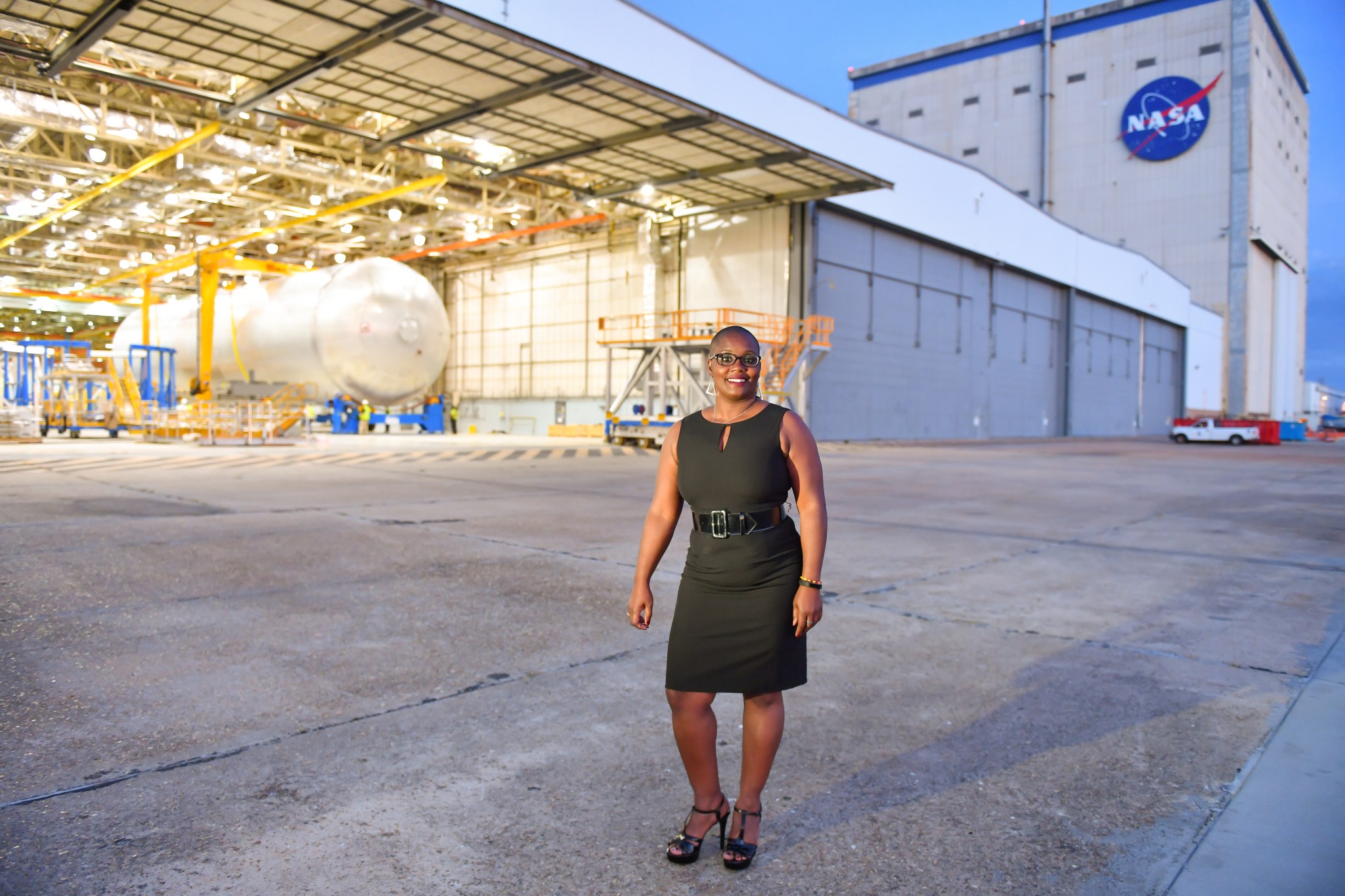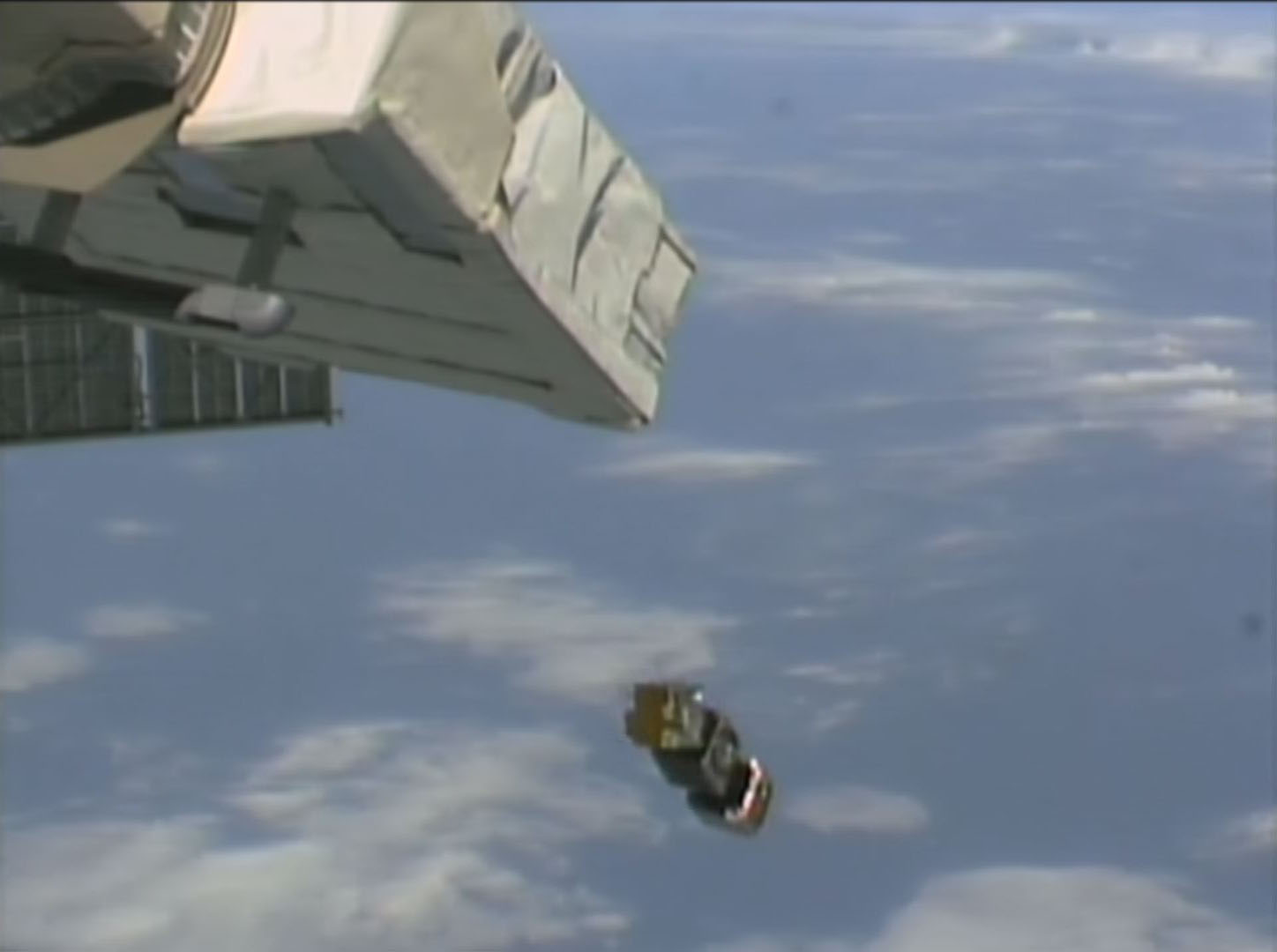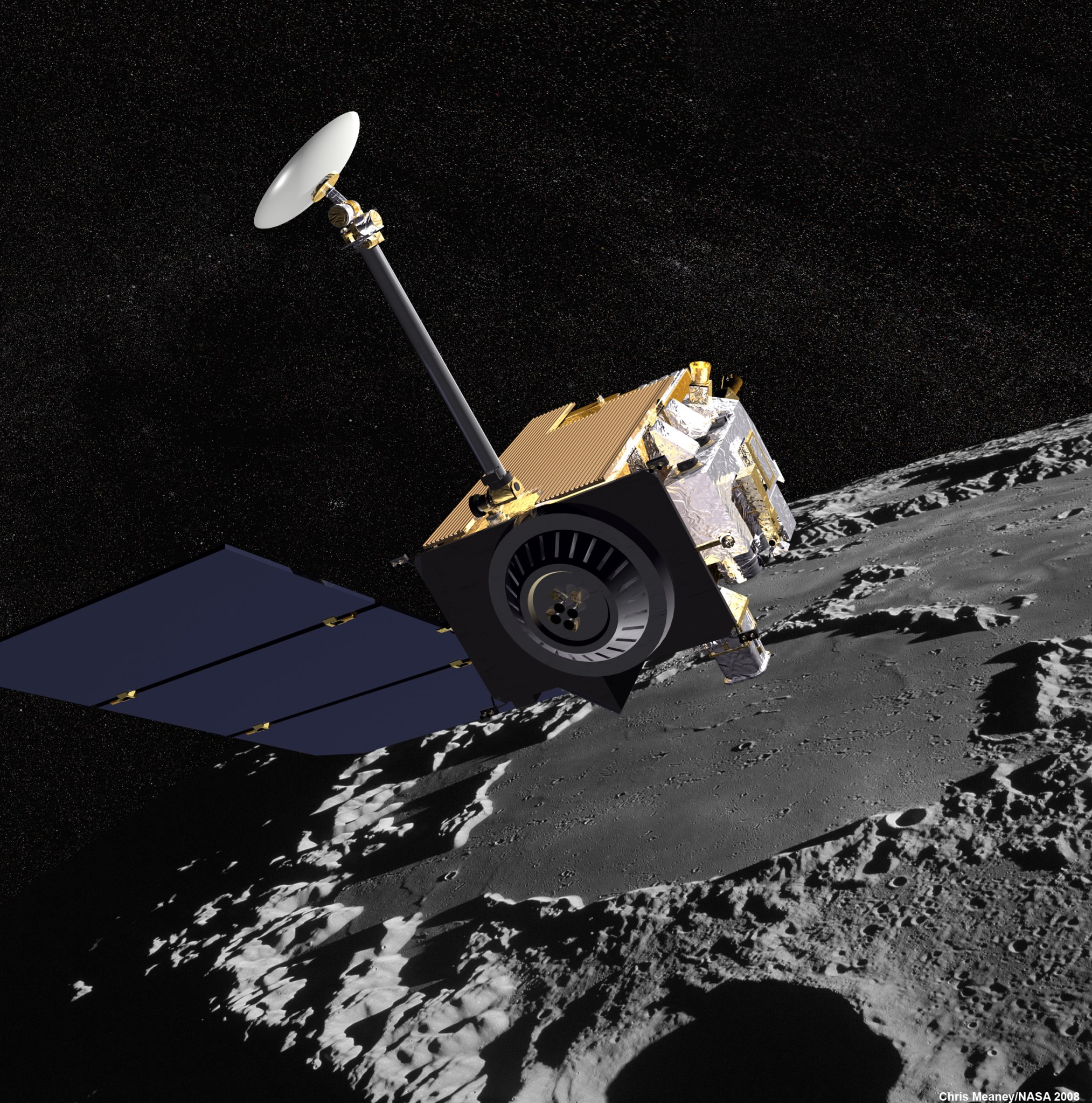In This Week’s Star
- Marshall Center Director Todd May to Hold All-Hands Meeting Feb. 1
- Marshall’s Dennon Clardy Named Deputy Manager of Science and Technology Office
- NASA Selects Two Missions to Explore the Early Solar System
- I am Building SLS: Renee Horton
- New Mars-themed Exhibit Opens at Space Center Houston
- Marshall Installs Receiving Antenna for Next-Generation Weather Satellites
- No Better Time for Space Station Research
- Launch Platform in Space: Six Satellites Deploy from Space Station
- Shared Experiences Forum Honors Safety and Mission Assurance Efforts, Emphasizes Technical Excellence
- Marshall, NASA to Remember Space Heroes Jan. 31
- Newly Launched Exhibit Highlights Connections Between Rocketry and Art
- Marshall Shares Additive Manufacturing Insight with Army, Air Force Personnel
- This Week in NASA History: First International Microgravity Laboratory Launches — Jan. 22, 1992
- Time-lapse Video of Marshall Test Stand Construction Featured on ‘This Week @NASA’
Marshall Center Director Todd May to Hold All-Hands Meeting Feb. 1
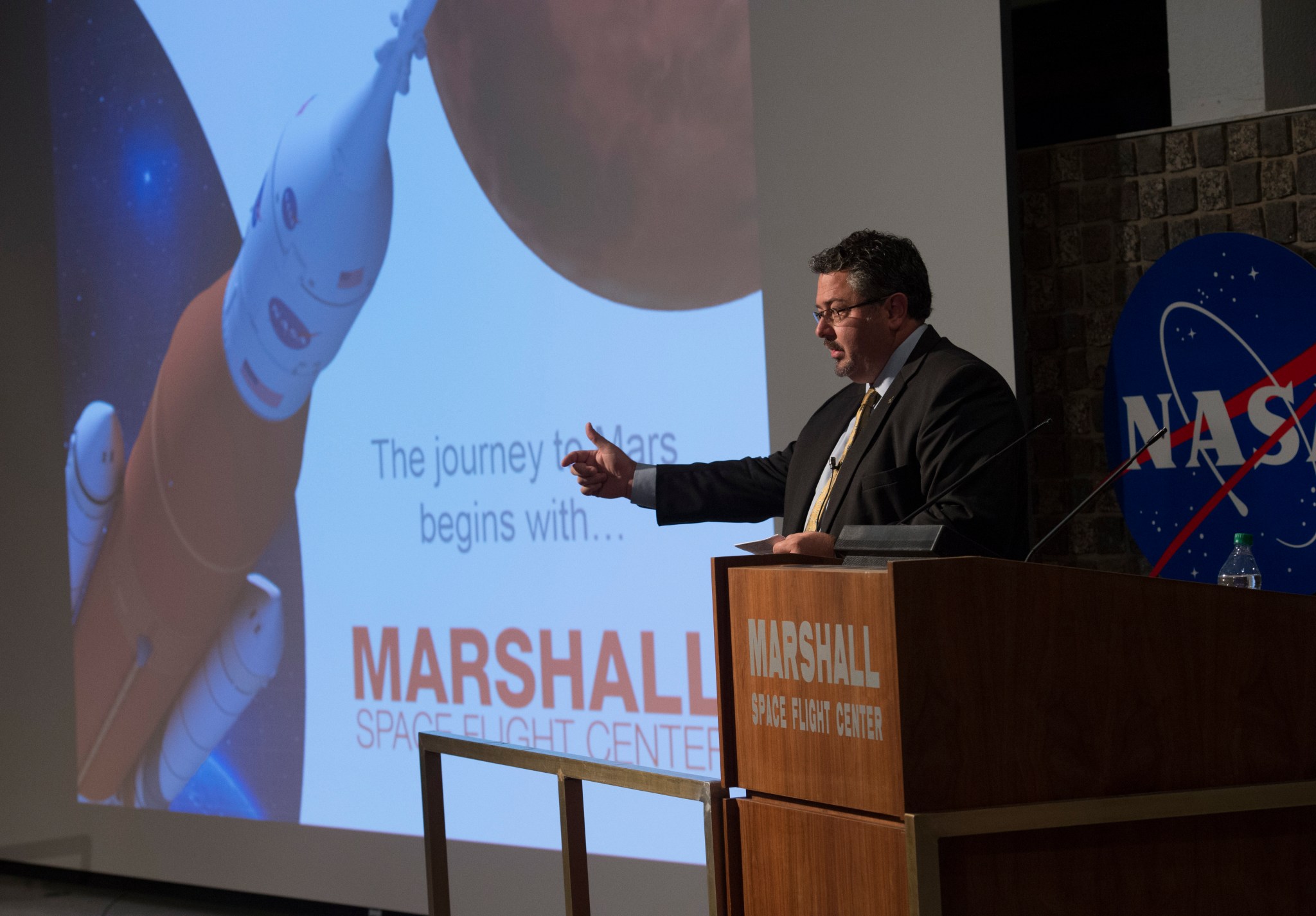
NASA Marshall Space Flight Center team members are encouraged to attend an all-hands meeting with Marshall Center Director Todd May at 10 a.m. Feb. 1 in Morris Auditorium, Building 4200.
May will update the workforce about the center’s organizational realignment to better support the agency’s human exploration, science and technology portfolios.
After May’s remarks, he will hold a question and answer session. To submit questions before the meeting, click here.
The meeting will also be broadcast live on Marshall’s Desktop TV.
Marshall’s Dennon Clardy Named Deputy Manager of Science and Technology Office
Dennon Clardy has been appointed to the Senior Executive Service position of deputy manager of the Science and Technology Office at NASA’s Marshall Space Flight Center.
Marshall’s Science and Technology Office leads, manages and conducts programs, projects and investigations in those paired areas of focus which support the full range of NASA’s scientific, technology and exploration goals, and pursues new partnerships and opportunities to the benefit of the center and the agency.
Clardy, working closely with office manager David Burns, will oversee an annual office budget of more than $180 million and a diverse, highly technical workforce of approximately 300 civil service and contract employees.
Having begun his NASA career in 1989, Clardy has served the agency for 27 years in a variety of systems engineering, program and project management and organizational management positions. He first joined Marshall’s Systems Analysis and Integration Laboratory as a systems engineer for the first flight of the Spacelab Tethered Satellite System mission. From 1992-93, he helped develop automated rendezvous and capture technology for NASA’s Heavy Lift Launch Vehicle Program. From 1993-97, he was a chief engineer for the Spacelab Tethered Satellite System re-flight and for the U.S. Microgravity Payload 4 Spacelab mission.
From 2001-04, Clardy was a deputy project manager for the Space Launch Initiative and Orbital Space Plane programs — launch-vehicle development efforts which helped pave the way for NASA’s Space Launch System. As a Discovery and New Frontiers Program mission manager from 2004-06, he was responsible for the Genesis, Stardust, Dawn and Juno missions. He was named deputy manager of the Discovery and New Frontiers Program Office in 2006.
In 2007, Clardy accepted a nine-month detail as acting associate director of the Planetary Science Division at NASA Headquarters. Returning to Marshall, he was named associate program manager and then program manager of the Discovery and New Frontiers and Lunar Quest programs. From 2011-14, he was manager of the Flight Mission Programs Office in Marshall’s Flight Programs and Partnerships Office. He was appointed associate manager of Flight Programs and Partnerships Office in 2014.
Clardy was selected for the SES Candidate Development Program in 2015. SES is the personnel system covering top managerial positions in federal agencies. As part of the program, he completed a six-month detail in the Office of the Chief Financial Officer at NASA Headquarters. There, he planned and executed the 2015 Agency Strategic Implementation Planning Summit and also led Fiscal Year 2018 strategic planning. He successfully completed the SES Candidate Development Program in November 2016 and was certified by the Office of Personnel Management.
A native of Fayette, Alabama, Clardy earned a bachelor’s degree in electrical engineering from the University of Alabama in Tuscaloosa. He is the recipient of numerous awards for his service to NASA, including the NASA Exceptional Service and Exceptional Achievement medals, a Space Flight Awareness Honoree Award and the Silver Snoopy Award presented by the NASA astronaut corps.
Clardy and his wife, Rita, live in Huntsville. They have three sons and two grandchildren.
NASA Selects Two Missions to Explore the Early Solar System
NASA has selected two missions that have the potential to open new windows to one of the earliest eras in the history of our solar system — a time less than 10 million years after the birth of our sun. The missions, known as Lucy and Psyche, were chosen from five finalists and will proceed to mission formulation, with the goal of launching in 2021 and 2023, respectively.
“Lucy will visit a target-rich environment of Jupiter’s mysterious Trojan asteroids, while Psyche will study a unique metal asteroid that’s never been visited before,” said Thomas Zurbuchen, associate administrator for NASA’s Science Mission Directorate. “This is what Discovery Program missions are all about — boldly going to places we’ve never been to enable groundbreaking science.”
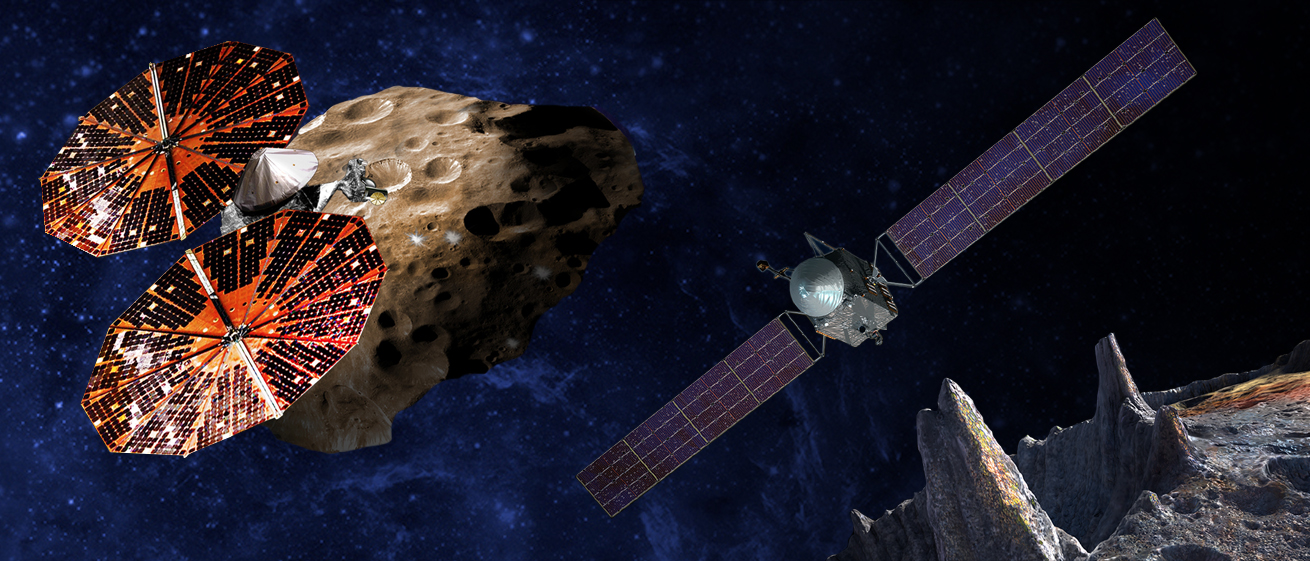
Lucy, a robotic spacecraft, is scheduled to launch in October 2021. It’s projected to arrive at its first destination, a main belt asteroid, in 2025. From 2027 to 2033, Lucy will explore six Jupiter Trojan asteroids. These asteroids are trapped by Jupiter’s gravity in two swarms that share the planet’s orbit, one leading and one trailing Jupiter in its 12-year circuit around the sun. The Trojans are thought to be relics of a much earlier era in the history of the solar system, and may have formed far beyond Jupiter’s current orbit.
“This is a unique opportunity,” said Harold F. Levison, principal investigator of the Lucy mission from the Southwest Research Institute in Boulder, Colorado. “Because the Trojans are remnants of the primordial material that formed the outer planets, they hold vital clues to deciphering the history of the solar system. Lucy, like the human fossil for which it is named, will revolutionize the understanding of our origins.”
The Psyche mission will explore one of the most intriguing targets in the main asteroid belt — a giant metal asteroid known as 16 Psyche, about three times farther away from the sun than is the Earth. This asteroid measures about 130 miles in diameter and, unlike most other asteroids that are rocky or icy bodies, is thought to be comprised mostly of metallic iron and nickel, similar to Earth’s core. Scientists wonder whether Psyche could be an exposed core of an early planet that could have been as large as Mars, but which lost its rocky outer layers due to a number of violent collisions billions of years ago.
The mission will help scientists understand how planets and other bodies separated into their layers — including cores, mantles and crusts — early in their histories.
“This is an opportunity to explore a new type of world — not one of rock or ice, but of metal,” said Psyche Principal Investigator Lindy Elkins-Tanton of Arizona State University in Tempe. “16 Psyche is the only known object of its kind in the solar system, and this is the only way humans will ever visit a core. We learn about inner space by visiting outer space.”
Psyche, also a robotic mission, is targeted to launch in October of 2023, arriving at the asteroid in 2030, following an Earth gravity assist spacecraft maneuver in 2024 and a Mars flyby in 2025.
In addition to selecting the Lucy and Psyche missions for formulation, the agency will extend funding for the Near Earth Object Camera project for an additional year. The NEOCam space telescope is designed to survey regions of space closest to Earth’s orbit, where potentially hazardous asteroids may be found.
“These are true missions of discovery that integrate into NASA’s larger strategy of investigating how the solar system formed and evolved,” said NASA’s Planetary Science Director Jim Green. “We’ve explored terrestrial planets, gas giants and a range of other bodies orbiting the sun. Lucy will observe primitive remnants from farther out in the solar system, while Psyche will directly observe the interior of a planetary body. These additional pieces of the puzzle will help us understand how the sun and its family of planets formed, changed over time and became places where life could develop and be sustained — and what the future may hold.”
Discovery Program class missions are managed for NASA’s Planetary Science Division by the Planetary Missions Program Office at Marshall Space Flight Center.
I am Building SLS: Renee Horton
This NASA engineer is “making history every day” on the rocket for the journey to Mars. Meet Renee Horton, a metals and weld engineer at NASA’s Michoud Assembly Facility.
I spent many nights gazing at the stars as a child growing up in Baton Rouge, Louisiana, wondering if there was anything beyond our universe. My interest in space was stimulated during family trips to Biloxi, Mississippi, to visit my uncle, who was in the Air Force. We stopped at the rest area outside of NASA’s Stennis Space Center — where a replica of the moon lander was located — and I played around it, pretending I was exploring space. One day, I decided I wanted to be an astronaut. I joined the Air Force ROTC program, and during my physical, I learned that I had significant hearing loss. Later, I was diagnosed with a hearing impairment, which meant I couldn’t apply to be an astronaut. But, I learned I could still play an important role in sending crews to space.
The Space Launch System is the first flight program I have worked on at NASA. Many SLS parts — including the SLS core stage — are made of metal, including the largest rocket fuel tank ever built, and metallic materials and welding are my areas of expertise. As an engineer at Michoud, I am helping build metal rocket parts that can withstand the extreme forces of launch and space travel, and will send astronauts farther away from Earth than they’ve ever traveled before. Our team at Michoud is making history every day as we build this extraordinary new rocket. We’re moving one step closer to launching the most powerful rocket in the world, and it’s exciting to watch all of it come together.
I earned a bachelor’s degree in electrical engineering from Louisiana State University in Baton Rouge. My electrical engineering degree was influenced by my father. I loved math, and he thought that would be the best way to use my talents. I later switched to being a scientist because of my desire to learn and investigate. Physics is my passion.
I’m the first African American — and first in my family — to earn a doctorate in material science, with a concentration in physics, from the University of Alabama in Tuscaloosa.
I enjoy mentoring outside of work, writing poetry, reading and photography.
NASA’s Marshall Space Flight Center manages the SLS Program and the Michoud Assembly Facility.
New Mars-themed Exhibit Opens at Space Center Houston
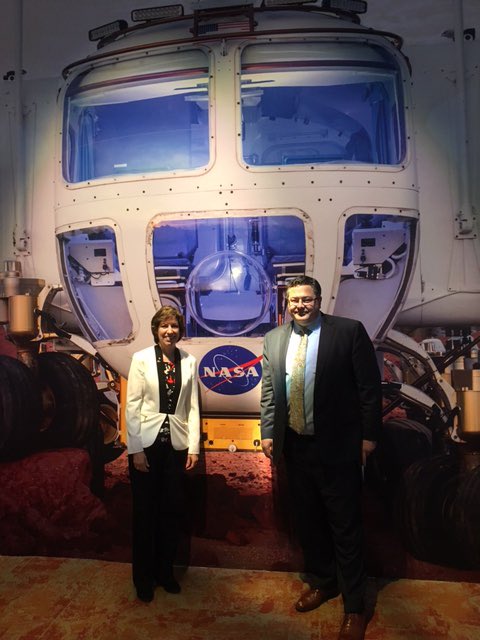
Todd May, right, center director at NASA’s Marshall Space Flight Center, provides remarks to the public during the opening of a new “Mission Mars” exhibit at Space Center Houston Jan. 21. Joined by Ellen Ochoa, center director of NASA’s Johnson Space Center, May talked about the joint effort between NASA and Space Center Houston in developing an immersive exhibit to show how the powerful Space Launch System and Orion spacecraft will launch future explorers on their journey to Mars. (NASA)
Marshall Installs Receiving Antenna for Next-Generation Weather Satellites
Technicians assemble a hefty segment of a new antenna system in this 30-second time-lapse video captured Dec. 16 at NASA’s Marshall Space Flight Center. The high-performance ground station is designed to receive meteorological and space weather data from instruments flown on the National Oceanic and Atmospheric Administration’s new, game-changing Geostationary Operational Environmental Satellite series. The six-meter dish antenna near Building 4316 expands the capacity of Marshall’s Earth Science Office to use real-time GOES observations for studies of Earth and to deliver new forecasting, warning and disaster response tools to partners around the world. To view more construction images, click here. To learn more about the new GOES satellite series, click here. (NASA/MSFC)
No Better Time for Space Station Research
There has never been a better time for research aboard the International Space Station, said NASA Marshall Space Flight Center’s Julie Robinson, NASA’s ISS chief scientist. As results from nearly 16 years of experiments are pouring in, she believes the general public is aware now more than ever that station research is helping to improve life on Earth, but it’s just the beginning. “Everything’s different today,” she said in a recent NASA YouTube video. “We’re able to use the space station as a real laboratory now that we’re doing 300 to 350 experiments at a time, and we are looking three years from now at this huge bow wave of results that will be coming out and that research is really going to have an impact in our country.” Marshall’s Payload Operations Integration Center serves as “science central” for the space station, working 24/7, 365 days a year in support of the orbiting laboratory’s scientific experiments. For more information on ISS science, click here, or follow @ISS_Research on Twitter.
Launch Platform in Space: Six Satellites Deploy from Space Station
The crew of the International Space Station deployed a half-dozen micro-satellites Jan. 16, displaying the versatility of the orbiting laboratory.
Six satellites were deployed by the Japan Aerospace Exploration Agency Small Satellite Orbital Deployer, J-SSOD. Among those deployed was the FREEDOM satellite, which released a small solar sail and used GPS and a ground tracking station to measure the speed of its orbital decline. Another satellite released was the WasedaSat-3, which deployed a chute made from material which is also an ultra-thin LCD screen. It will display various pictures, which will be captured by a camera to show whether the screen could be used to control the temperature inside the satellite by changing its color from black to white to absorb or reflect sunlight. Other cubesats deployed in this session were ITF-2, EGG, AOBA-Velox-III and TuPOD.
The satellite deployment capability provides a unique satellite launching system for use on the station. Handled by the robotic arm known as the Japanese Experiment Module Remote Manipulator System, the system provides a reliable, safe and economically viable means of deploying small research satellites into orbit. Crew members load pre-packed satellites into J-SSOD on a special sliding table in the Japanese Experiment Module airlock to transfer the payload to the space environment where the robotic arm will grapple it and maneuver into position for deployment.
Shared Experiences Forum Honors Safety and Mission Assurance Efforts, Emphasizes Technical Excellence

NASA Marshall Space Flight Center Safety and Mission Assurance Director Rick Burt, left, presents a Golden Eagle Award to Ground Support Equipment Systems Engineer Ken Fullwood during a Mission Success is in Our Hands “Shared Experiences” forum on Jan. 19. Fullwood, of Jacobs Technology, was recognized for diligence in identifying and resolving safety and mission assurance issues as he developed requirements for equipment needed to transport the Space Launch System Core Stage, Dynamic Demonstration Unit and Pathfinder. In the forum, Burt discussed the importance to safety of everyone constantly striving for technical excellence — not perfection — and used examples from his years of experience to underscore that “we can’t hope for technical excellence, we must demand it.” (NASA/MSFC/Fred Deaton)
Marshall, NASA to Remember Space Heroes Jan. 31
NASA Marshall Space Flight Center team members are invited to observe NASA’s Day of Remembrance Jan. 31, honoring the crews of the Apollo 1 lunar mission and space shuttles Challenger and Columbia, who lost their lives while furthering the cause of exploration and discovery.
Marshall personnel will hold a candle-lighting ceremony in the lobby of Building 4200 at 9 a.m. Marshall Deputy Director Jody Singer; Rick Burt, director of Marshall’s Safety and Mission Assurance Directorate; and former NASA astronaut Robert “Hoot” Gibson will lead the candle-lighting event.
Singer and Gibson also will lead a public ceremony at 10 a.m. at the U.S. Space & Rocket Center.
This year marks the 50th anniversary of the Apollo 1 launch rehearsal fire, which took the lives of astronauts Virgil “Gus” Grissom, Edward White II and Roger Chaffee on Jan. 27, 1967. The Challenger and Columbia shuttles and their crews were lost in 1986 and 2003, respectively.
At 10 a.m., NASA Acting Administrator Robert Lightfoot and other agency senior officials will lay a commemorative wreath at Arlington National Cemetery in Virginia. The event will be broadcast live on NASA Television.
Newly Launched Exhibit Highlights Connections Between Rocketry and Art
By Will Bryan
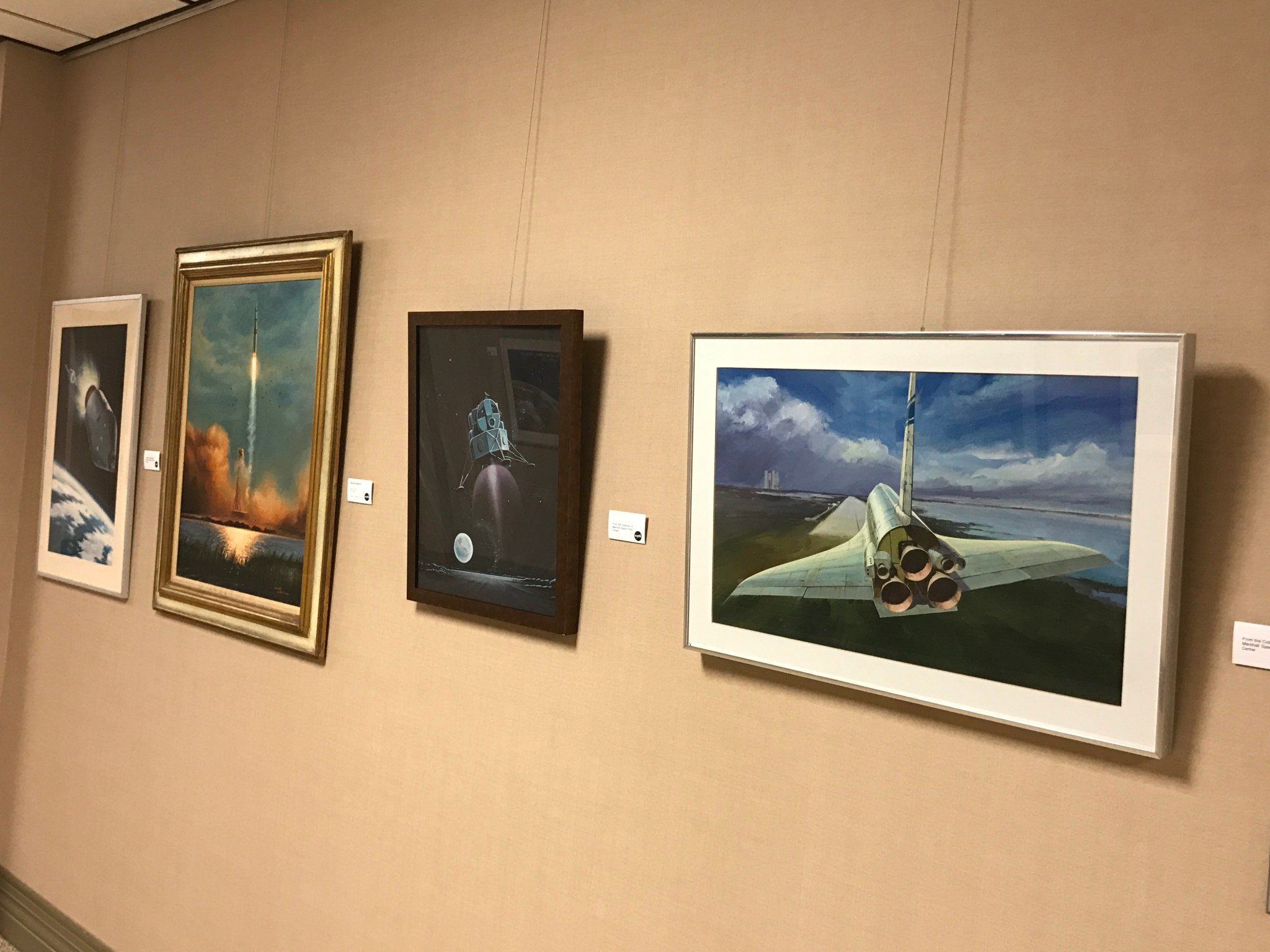
Arts and rocketry are not things that people immediately think of as being associated. The two, however, have been intimately connected since the beginning of NASA and the Marshall Space Flight Center. Now that relationship is on display in the Arts Huntsville gallery at the Von Braun Center in Huntsville.
The exhibit, “Between Imagination & Invention: The Art of NASA in the Space Age,” uses pieces from Marshall — created by or for Marshall from 1959-1990 — to help tell the NASA story through the eyes of artists. Additional pieces from the U.S. Space & Rocket Center in Huntsville complete the display. The exhibit is the result of a year-long partnership between Arts Huntsville and Marshall as part of Alabama’s upcoming bicentennial.
“Turning what was then thought of a science fiction into reality was difficult in those early years. This art was an important part of that process,” said Brian Odom, Marshall’s historian.
“Between Imagination & Invention: The Art of NASA in the Space Age” opened on Jan. 18 and is scheduled to run through the end of March. Viewable seven days a week, guests to the VBC are able to visit at their leisure.
“This art collection is a representative sample the type of creative work produced by NASA resident artists in the early years of the space program. The intention was to provide the public with an idea of the kinds of work being done across the space agency,” said Odom.
On loan from Marshall are 49 pieces by more than 20 artists, including Russ Arasmith, an artist for the Los Angeles Times whose work would often accompany an actual photograph of the event in the newspaper.
Combined, the pieces help tell the story of America’s ventures into outer space and of the dreams, destinations and desires that still lay ahead.
Bryan, an ASRC Federal/Analytical Services employee, supports the Office of Strategic Analysis & Communications.
Marshall Shares Additive Manufacturing Insight with Army, Air Force Personnel
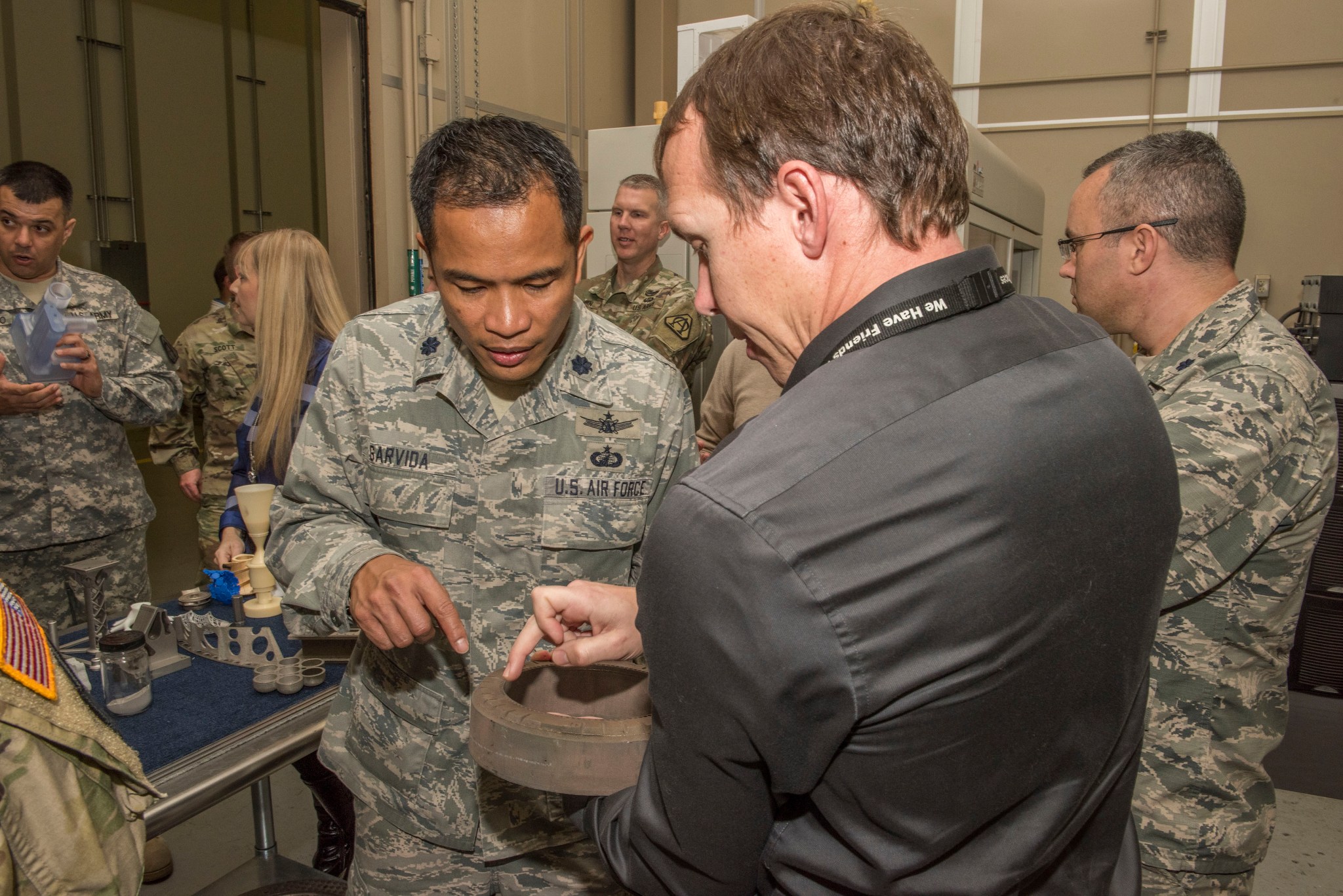
Members of the Missile Defense Agency on Redstone Arsenal visit with Brian West, front right, a structural materials engineer in NASA Marshall Space Flight Center’s Engineering Directorate, during their Jan. 13 tour of Marshall additive manufacturing facilities in Buildings 4707 and 4205. West joined Paul McConnaughey, Marshall associate director, technical, to provide the U.S. Army and U.S. Air Force visitors with detailed insight about additive manufacturing. Also known as 3D printing, additive manufacturing is a key technology for enhancing space vehicle designs and manufacturing and enabling more affordable exploration missions. The technology has the potential to influence the design and construction of spacecraft built for leaving Earth, and vehicles and landers intended to visit other solar system destinations. Marshall’s 3D-printing hardware and Fiber Placement and Composites Tool are helping NASA build the biggest, most lightweight composite parts ever manufactured for space vehicles. (NASA/MSFC/Fred Deaton)
This Week in NASA History: First International Microgravity Laboratory Launches — Jan. 22, 1992
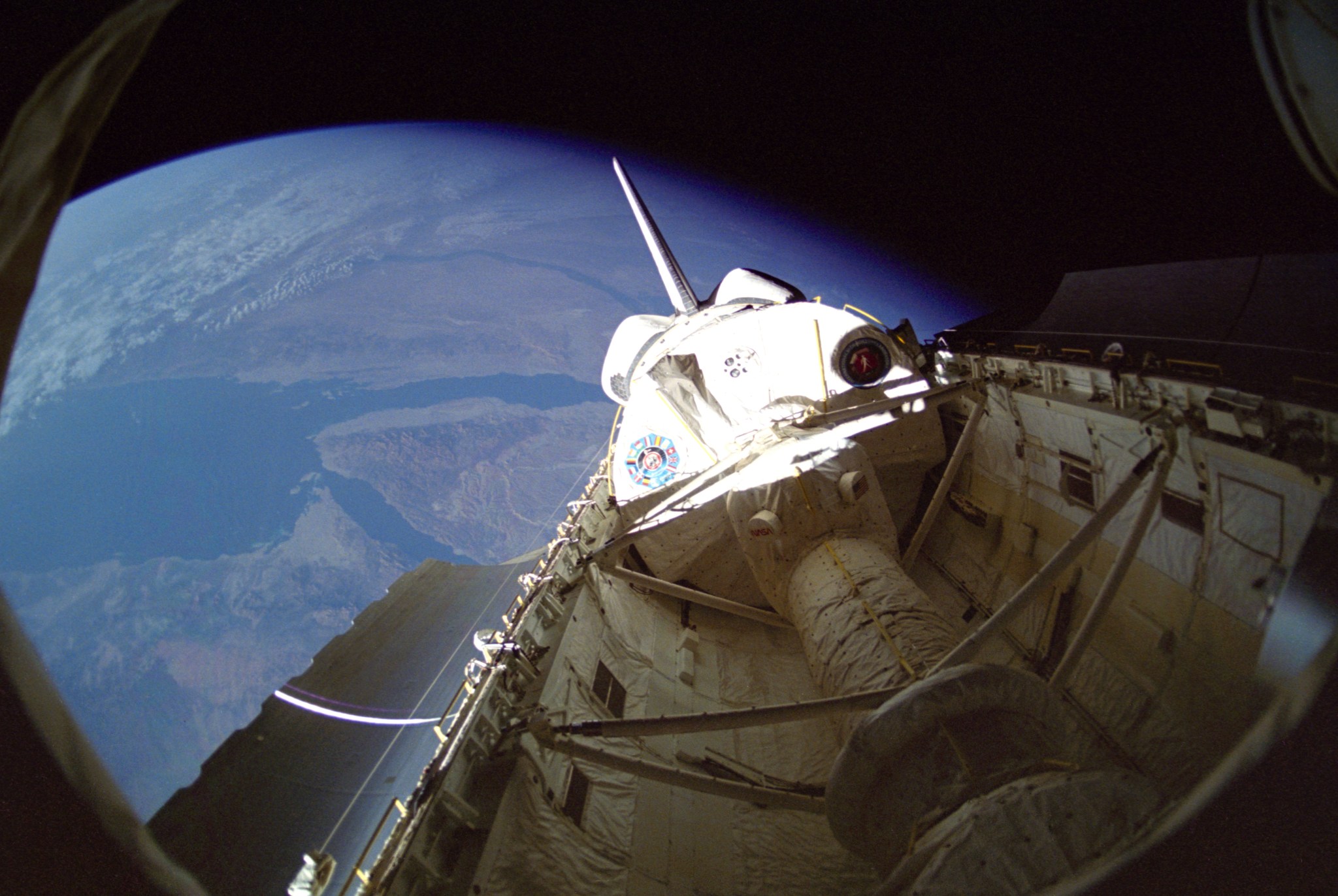
This week in 1992, the First International Microgravity Laboratory, IML-1, module launched aboard space shuttle Discovery. IML-1, which was managed by NASA’s Marshall Space Flight Center, was the first in a series of missions with payloads dedicated to life science and microgravity science research. The primary objective of the mission was to conduct science and technology investigations that required the low-gravity environment of space, with emphasis on experiments that studied the effects of microgravity on materials and processes and living organisms. Today, Marshall’s Payload Operations Integration Center serves as “science central” for the International Space Station, working 24/7, 365 days a year in support of the orbiting laboratory’s scientific experiments. The NASA History Program is responsible for generating, disseminating, and preserving NASA’s remarkable history and providing a comprehensive understanding of the institutional, cultural, social, political, economic, technological, and scientific aspects of NASA’s activities in aeronautics and space. For more pictures like this one and to connect to NASA’s history, visit the History Program’s webpage. (NASA)
Time-lapse Video of Marshall Test Stand Construction Featured on ‘This Week @NASA’
A 30-second time-lapse video of the construction of a NASA Marshall Space Flight Center test stand is featured in the latest edition of “This Week @NASA,” a weekly video program broadcast nationwide on NASA-TV and posted online.
Test Stand 4693, which stands 221 feet tall, was designed to test the liquid hydrogen tank of NASA’s new rocket the Space Launch System — the most powerful rocket ever built that will power the agency’s Journey to Mars. Construction of the stand began in May 2014 and was completed in December 2016.
The test stand will subject SLS’s 537,000-gallon liquid hydrogen tank to the same stresses and pressures it will endure during launch and flight.
View this and previous episodes at “This Week @NASA” on NASA’s YouTube page.
